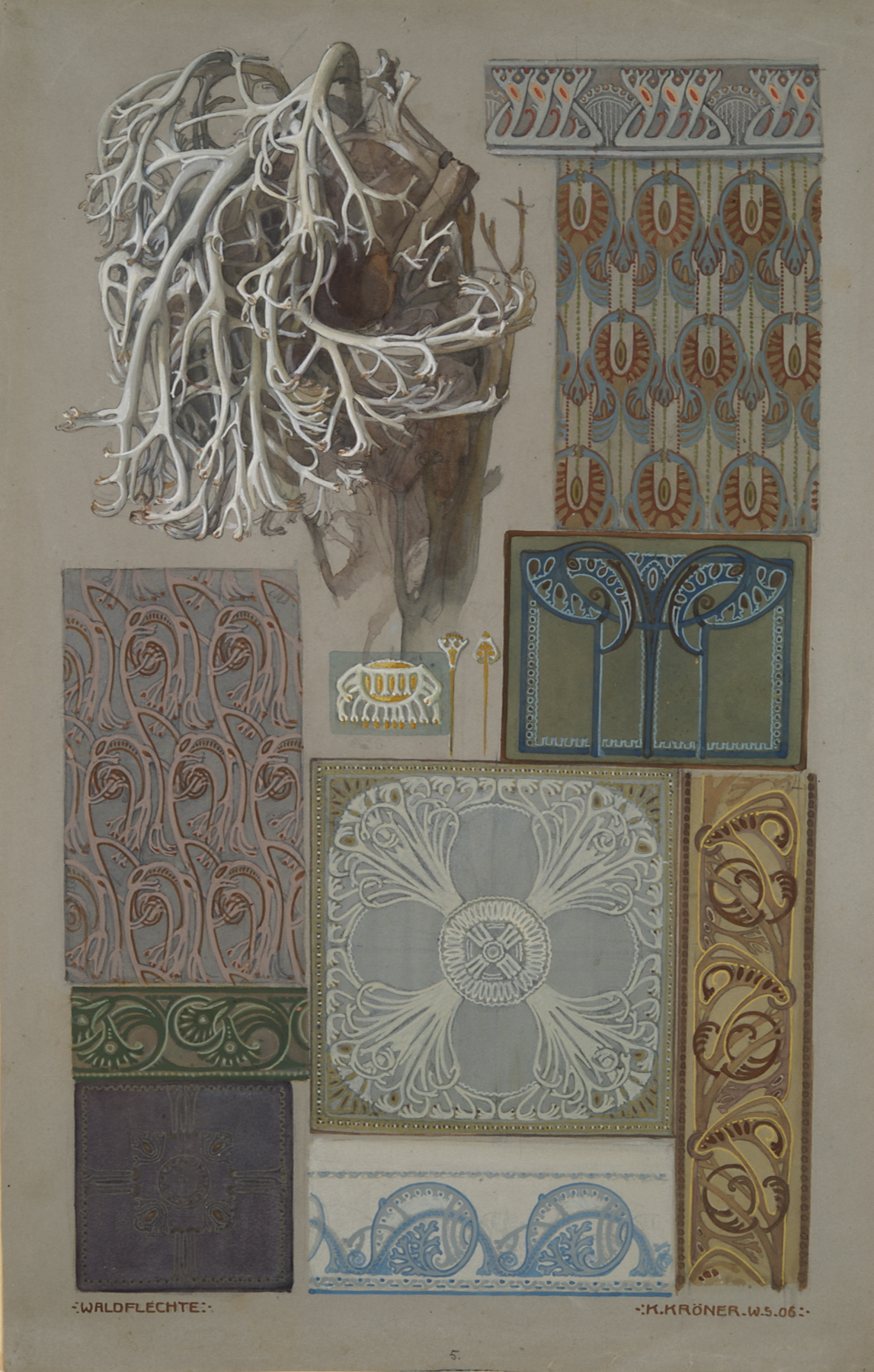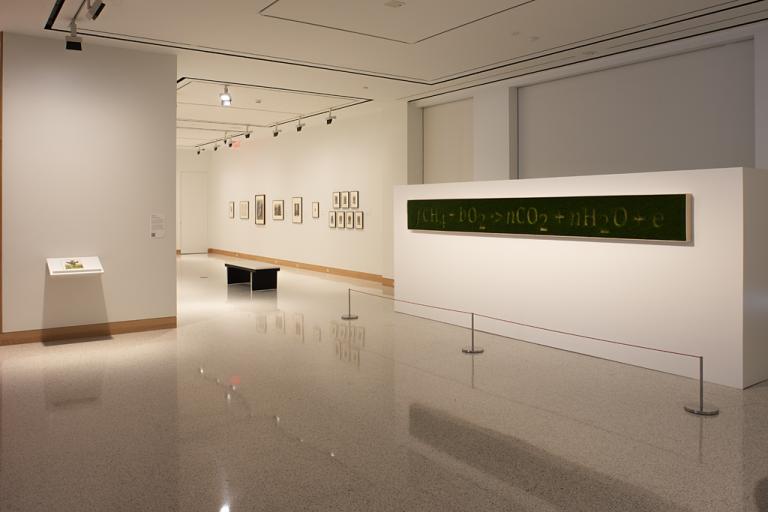Waldflechte (Forest Lichens), Karl Kröner
Artwork Overview
Karl Kröner, artist
1887–1972
Waldflechte (Forest Lichens),
1906
Where object was made: Germany
Material/technique: gouache; paper
Dimensions:
Sheet/Paper Dimensions (Height x Width): 43.2 x 27.9 cm
Sheet/Paper Dimensions (Height x Width): 17 x 11 in
Mat Dimensions (Height x Width): 25 x 20 in
Sheet/Paper Dimensions (Height x Width): 43.2 x 27.9 cm
Sheet/Paper Dimensions (Height x Width): 17 x 11 in
Mat Dimensions (Height x Width): 25 x 20 in
Credit line: Museum purchase: Letha Churchill Walker Memorial Art Fund
Accession number: 1976.0005
Not on display
If you wish to reproduce this image, please submit an image request












